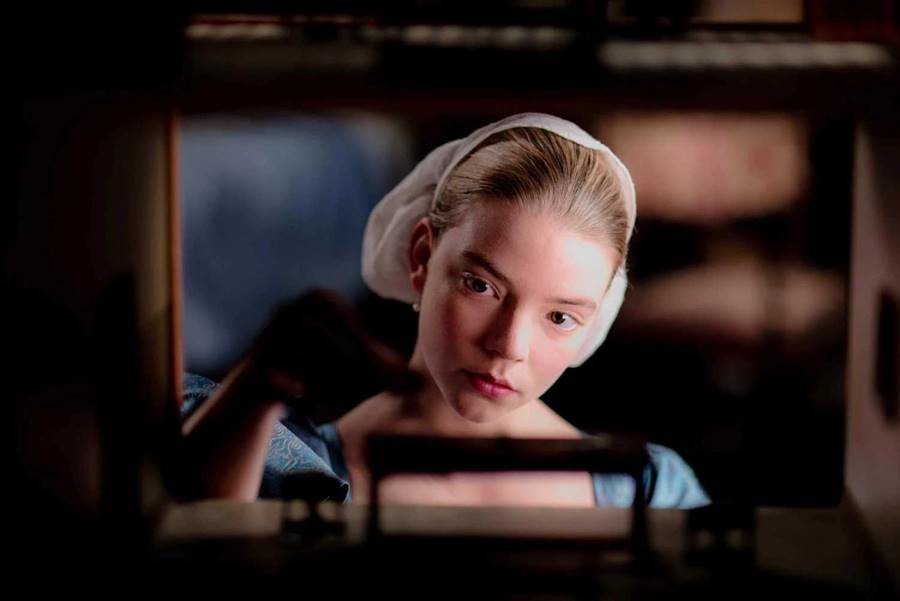

The Miniaturist's cabinet house and dolls are not simply decorative pieces but hold deep symbolism and secrets within their intricate designs. As we delve into the secrets of these miniature marvels, we begin to understand the true meaning behind each doll and the significance of the cabinet house itself. The cabinet house, with its multiple levels and rooms, represents the world in which the characters of the novel live. Each room in the house mirrors a different aspect of their lives and holds clues to their past, present, and future. The careful placement of furniture, objects, and dolls within these rooms is not arbitrary but purposeful, revealing hidden truths and mysteries.
One of the most significant dolls in the cabinet house is the figure of the Miniaturist herself. This mysterious and enigmatic character is portrayed as having a prophetic ability to see into the future and reveal secrets through her detailed creations. The doll of the Miniaturist serves as a reminder that there are forces at work beyond human understanding, guiding the lives of the characters. Another important doll is that of Johannes Brandt, the husband of the protagonist, Nella. The doll represents Johannes' hidden secrets and inner turmoil. As the novel progresses, Nella discovers that her husband is not who he appears to be, and the doll reflects his complex and troubled nature.
The placement of this doll within the cabinet house suggests that Johannes' secrets have far-reaching consequences for the other characters as well.
The dolls of the other characters in the novel, such as Marin and Cornelia, also hold secrets and reflect their personalities. Marin's doll, for example, is depicted as strong and defiant, mirroring her rebellious spirit and determination to defy societal norms. Cornelia's doll, on the other hand, is gentle and compassionate, reflecting her kind-hearted nature. The objects and furniture within the cabinet house are also significant. For instance, the dollhouse is furnished with a replica of an actual sugar loaf, a symbol of wealth and power during the 17th century.
This object represents the opulent lifestyle of the characters and the desire for material possessions that drives their actions. The cabinet house itself is a symbol of confinement and control.
The characters are trapped within its walls, unable to escape the secrets and lies that surround them. The miniature size of the dolls and furniture underscores their powerlessness in the face of outside forces. Overall, the Miniaturist's cabinet house and dolls serve as powerful symbols in the novel, revealing hidden truths, foreshadowing future events, and reflecting the complex and troubled lives of the characters.
The meticulous craftsmanship and attention to detail in these miniatures add depth and intrigue to the story, making them pivotal elements in understanding the narrative as a whole.
